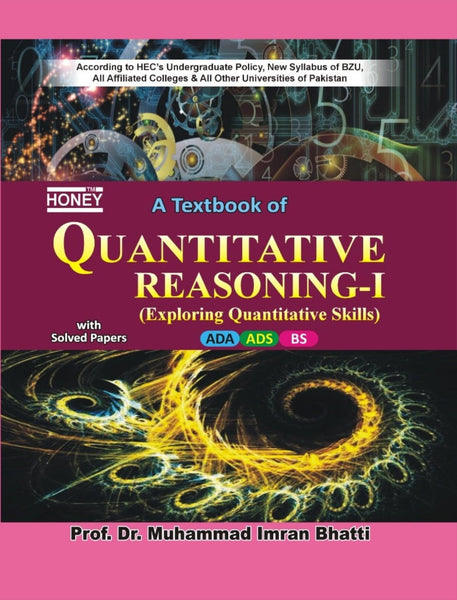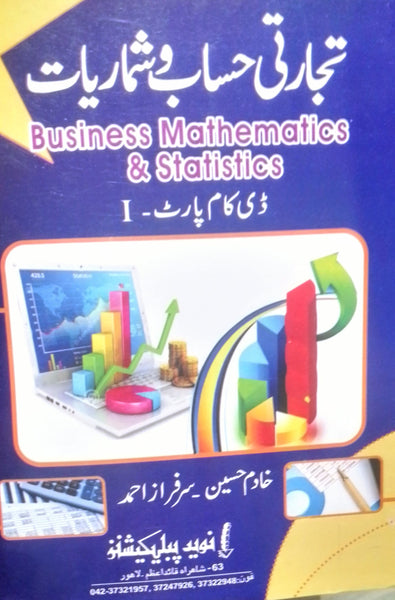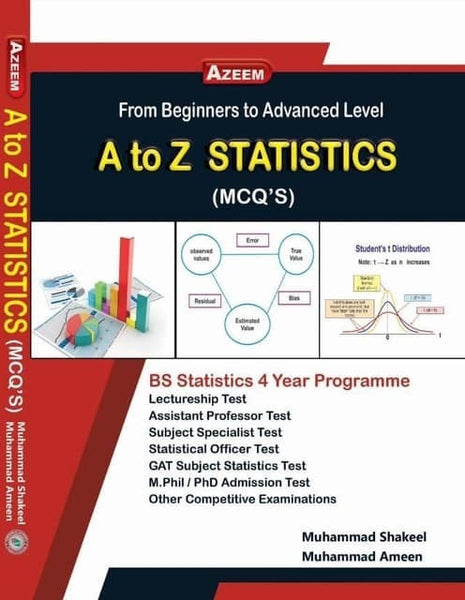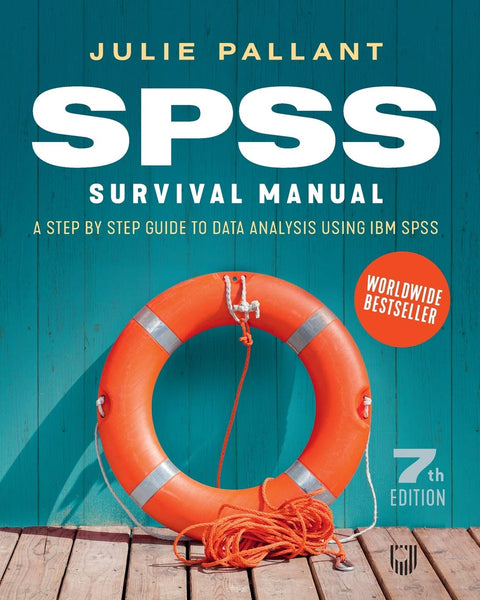Estimation Of Statistical Parameters By Abdul Samad Hlrai
- Publisher: ILMI KITAB KAHANA
- Availability: In Stock
- SKU: 15852
Rs.350.00
Rs.400.00
Tags: affordable prices , Bayesian estimation , best books , best books online , best online store , Best Price , best prices , Best Selling Books , best shop , BestBuy’s , bias , Book Shop , Book shopping , bookshop , bookshop Multan , bookshop near me , bookshop online , bookshop online Multan , bookshopPakistan , BUY ONLINE , buy online books , confidence intervals , Convenient Shopping , digital shopping , estimation , estimation methods , good books , good books online , good booksonline , Internet Shop , Largest Online Bookstore in Pakistan , latest books online , maximum likelihood estimation , method of moments , one stop shop , online , Online Book Shop , ONLINE BOOKS , Online Books Shop , online books store , Online Bookshop , Online Bookshop Pakistan , online bookstore , online shop , online shopping , Online Shopping Pakistan , onlinebooks , OnlineShoppingPakistan , Pakistan Bookshop , PakistanBookshop , PakistanOnlineShopping , parameter estimation challenges , price cut , price-friendly Comprehensive , ReasonablePrice , Recommended Book , reduced price , research applications , Revised & Up to dated , secure shopping , Shopping , ShopSmartPakistan , statistical parameters , Virtual Shop
Estimation of statistical parameters is a crucial aspect of data analysis, allowing researchers to infer characteristics of populations from sample data. This process involves various methods and techniques aimed at minimizing errors and maximizing accuracy in parameter estimation.
Key Points:
1. Importance of Parameter Estimation Parameter estimation forms the backbone of statistical inference, enabling researchers to draw meaningful conclusions about populations based on sample data.
2. Methods of Estimation Techniques such as maximum likelihood estimation (MLE) and method of moments (MoM) are commonly used to estimate population parameters from sample statistics.
3. Maximum Likelihood Estimation (MLE) MLE seeks parameters that maximize the likelihood of observed data, often assuming a specific distribution for the population.
4. Method of Moments (MoM) MoM matches sample moments (mean, variance, etc.) to theoretical moments of a distribution to estimate its parameters.
5. Bias and Efficiency Evaluating estimators involves considerations of bias (systematic error) and efficiency (precision) to ensure accurate parameter estimation.
6. Confidence Intervals Constructing confidence intervals around estimated parameters provides a range of plausible values, quantifying uncertainty in estimation.
7. Computational Techniques With advancements in computing power, numerical methods like bootstrap and Monte Carlo simulation enhance parameter estimation robustness.
8. Applications in Research Parameter estimation is fundamental in fields ranging from economics and social sciences to engineering and healthcare, influencing decision-making and policy formulation.
9. Challenges in Estimation Addressing issues like sample representativeness, model misspecification, and outlier influence is critical for reliable parameter estimation.
10. Future Trends Emerging techniques such as Bayesian estimation and machine learning-based approaches are shaping the future of parameter estimation, promising enhanced accuracy and applicability.
In conclusion, estimation of statistical parameters by Abdul Samad Hlrai underscores the foundational role of robust methods in deriving meaningful insights from data, driving advancements across diverse fields through precise and reliable inference techniques.
════ ⋆★⋆ ════
Writer ✤ Abdul Samad Hlrai
Publisher ✤ ILMI KITAB KAHANA






















